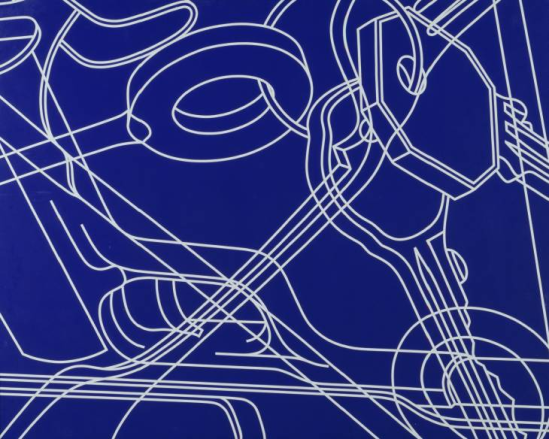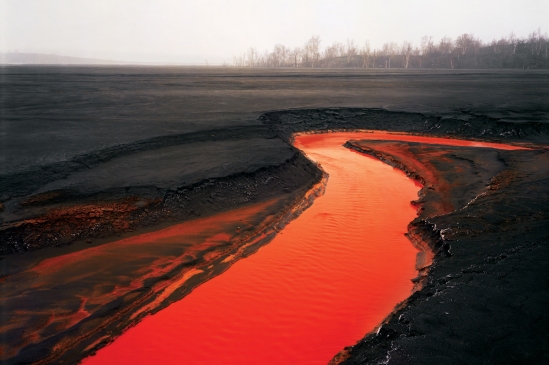I’m always reading about art, and every now and then, I come across advice too good not to share. If you’re an aspiring artist, or know someone who is, this is for you.
.
ABOVE: Michael Craig-Martin, Full Life, 1985, oil paint on aluminum and steel, 83 x 102.8 x 3.7 inches, © Tate, London [2015]
Earlier this week, the following article came up in my Facebook feed: Michael Craig-Martin RA: advice for an aspiring artist. I’m really glad that it did, because the advice Craig-Martin gives is brilliant:
“By far the most important characteristic for anyone wanting to be an artist is desire: the passionate, inexplicable desire to make art. This desire is more important than talent. To have enviable talent but qualified desire is not enough; to have little obvious talent but overwhelming desire may lead to success. Desire can be encouraged but not taught. In my experience, a driven person lacking any recognizable talent may, out of necessity, invent a way to work at which they excel. This is what we call originality.
“Pleasure in doing is the essential basis for making art. When you love what you do, no effort is too great, no time too long. We are all capable of doing a lot of things for a while, but not for long. Art can only come from what we are able to sustain.
“I would never advise anyone to become an artist. If you have another option, take it. Most people who end up as artists rarely feel they had an option. Art is the only endeavour I know that models itself around the abilities, experiences and needs of each individual who engages in it. It is entirely accepting, respects everyone for who they are, offers no strict rules of right and wrong. It enables one to turn everything about oneself, one’s limitations as well as one’s strengths, into advantages.
“Much of the best art has been made by those who failed to succeed in other more conventional activities. For art to work for you, you must work at it in the ways that give you the greatest satisfaction, that reflect your interests and your passions, that occupy your time without effort, that change with you as you change over time.
“Don’t try to be too inventive. The more your art reflects you, the more it will speak to other people. If you are not sure what you should do, just do whatever comes into your head or catches your imagination. Gradually, it will lead you to where you should be. Making art is a path not a destination.”
The above excerpt comes from Michael Craig-Martin: On Being An Artist. If you want more (I do), you can purchase the book here.











